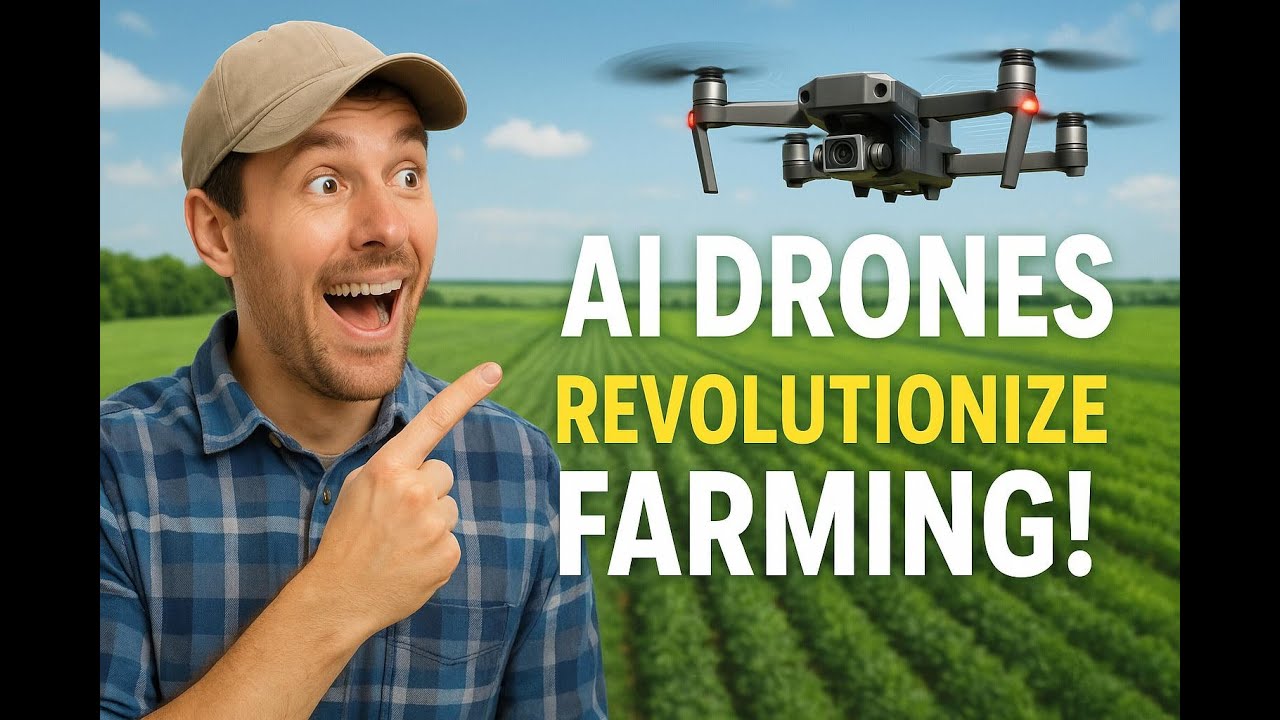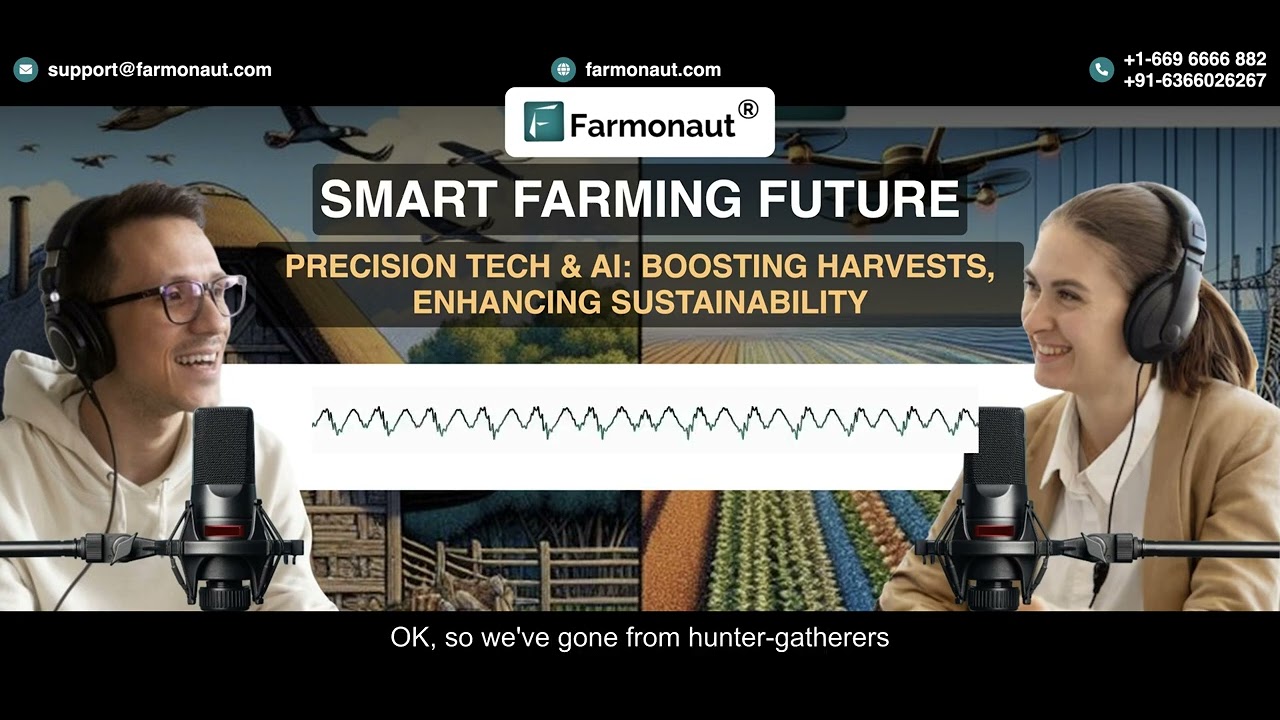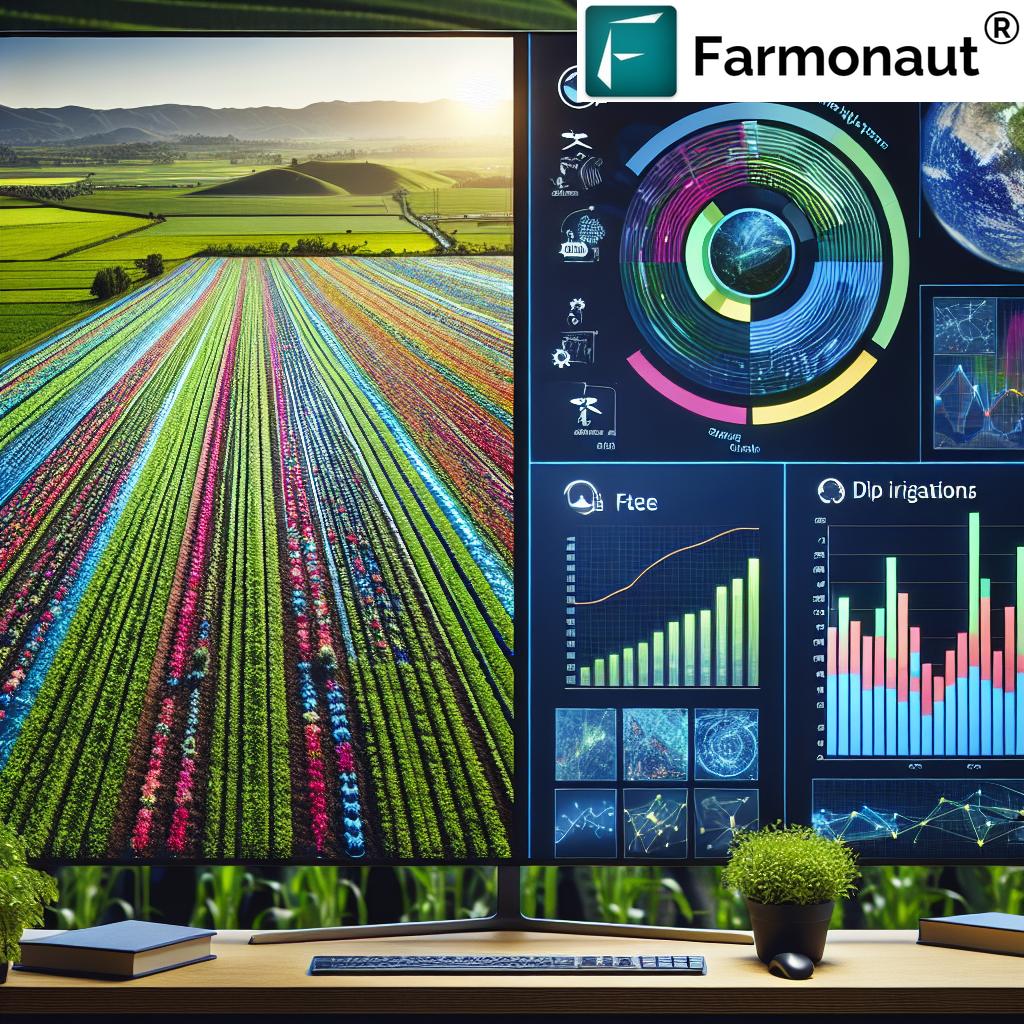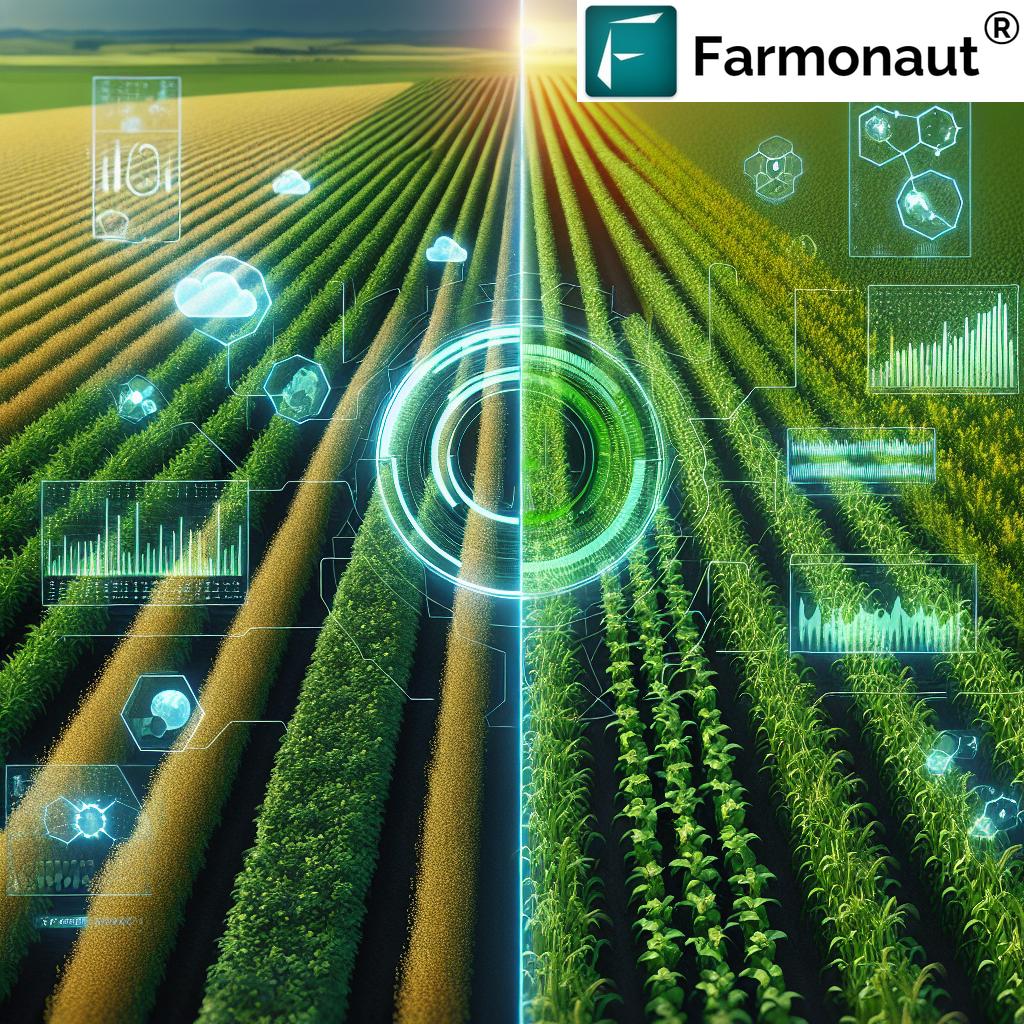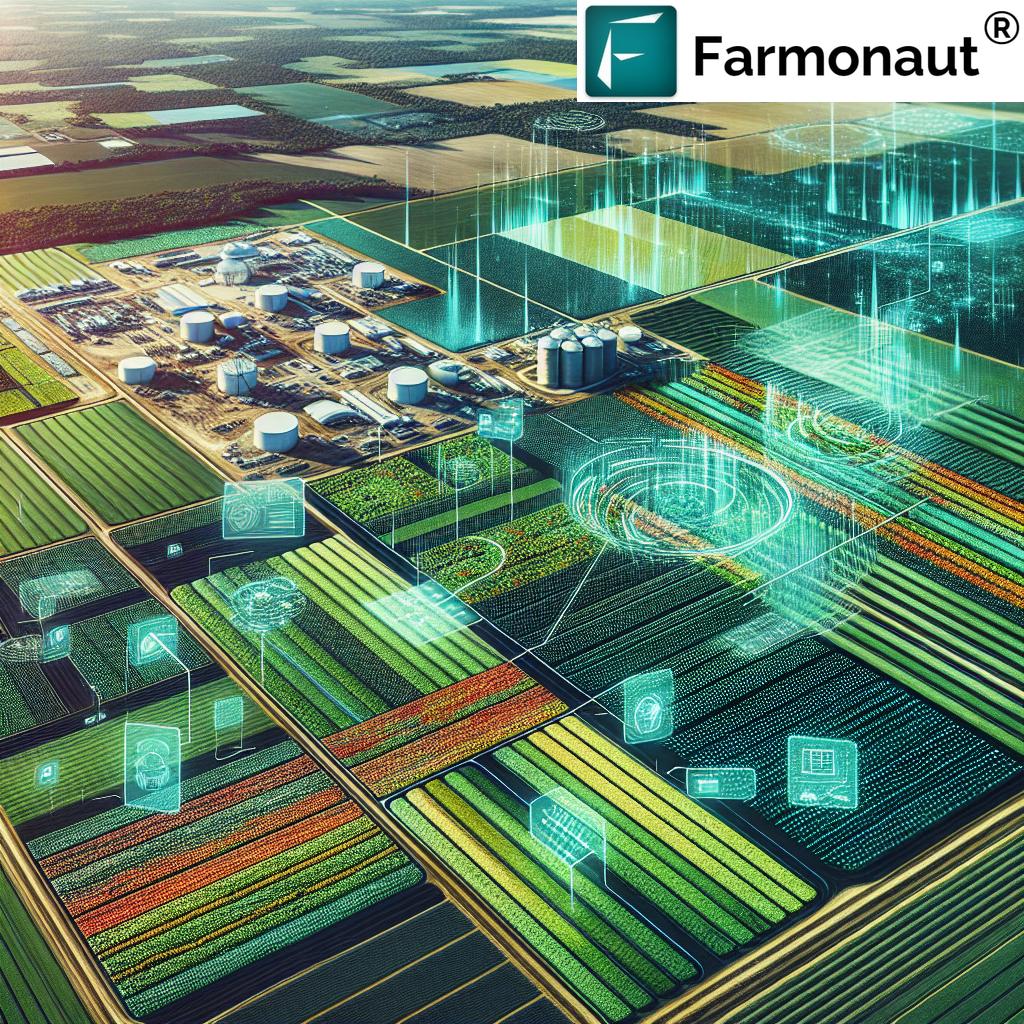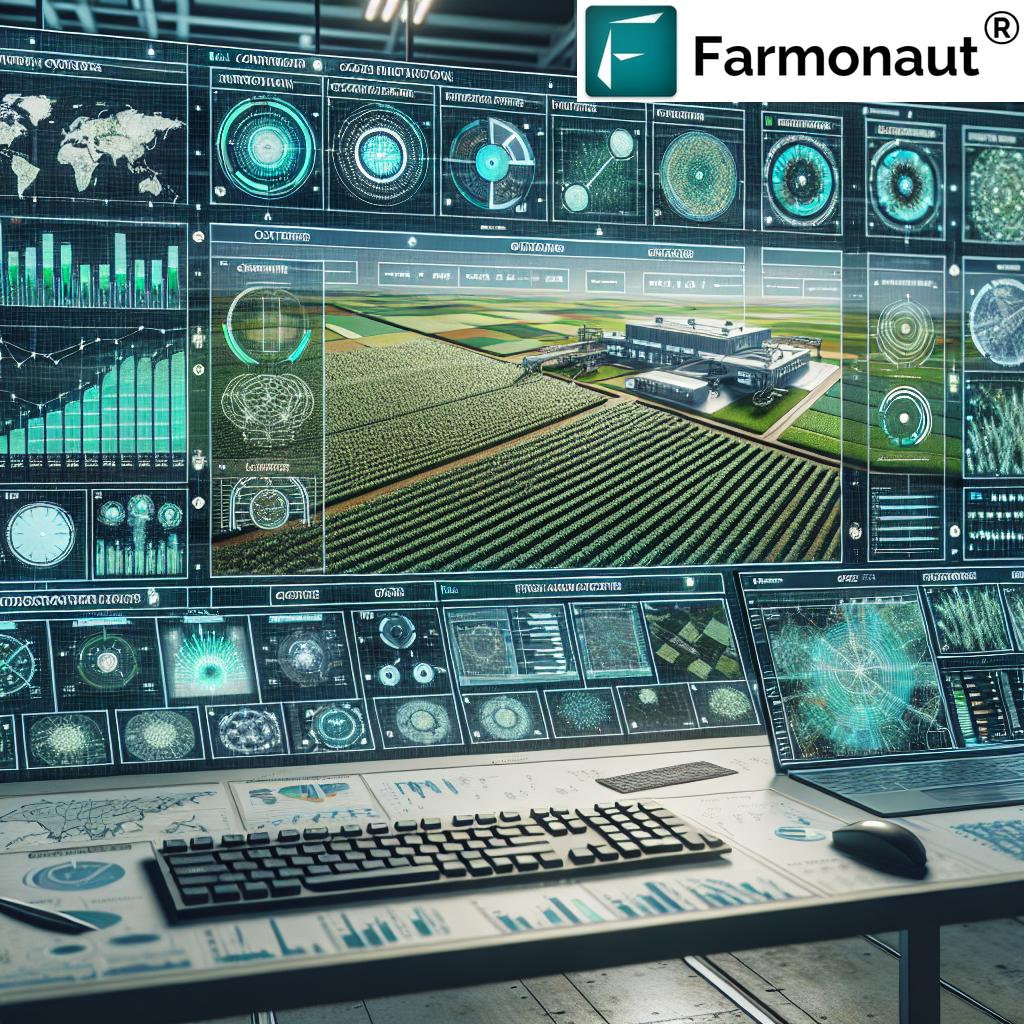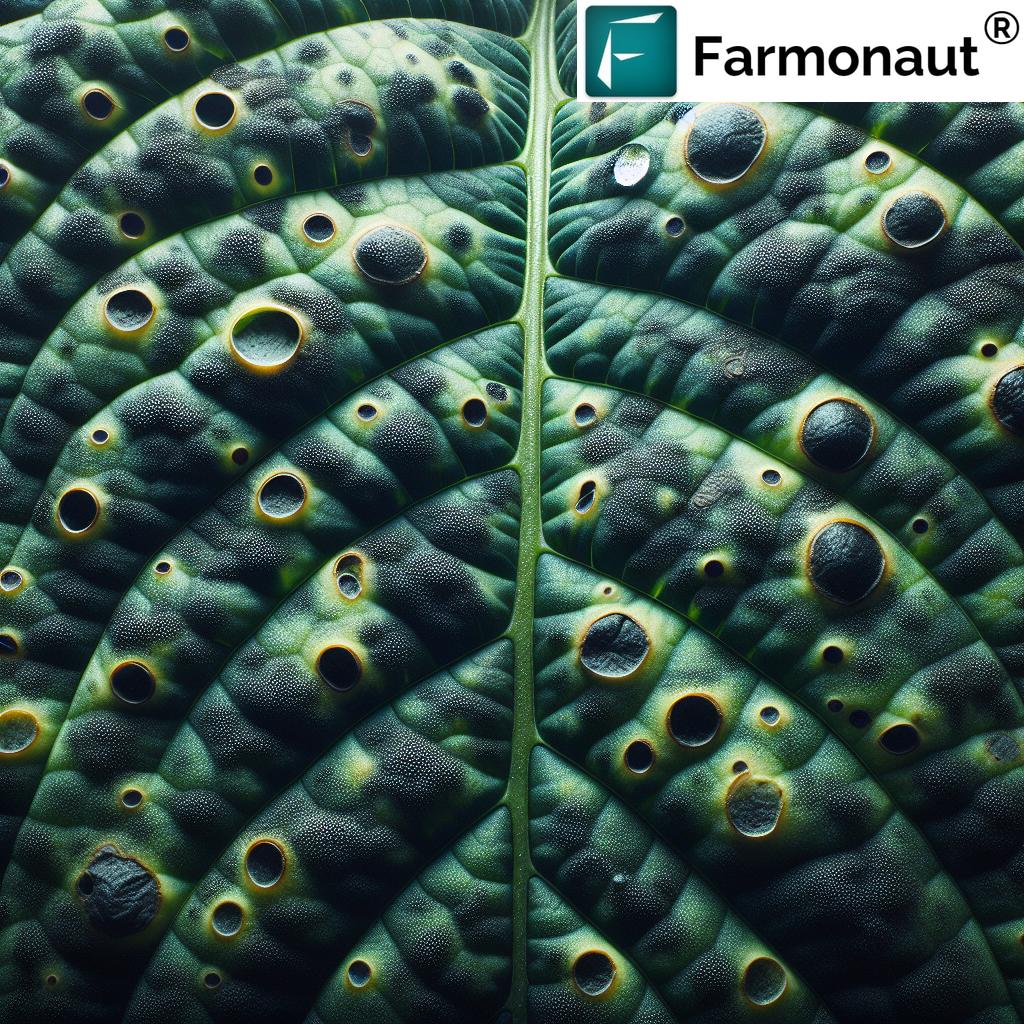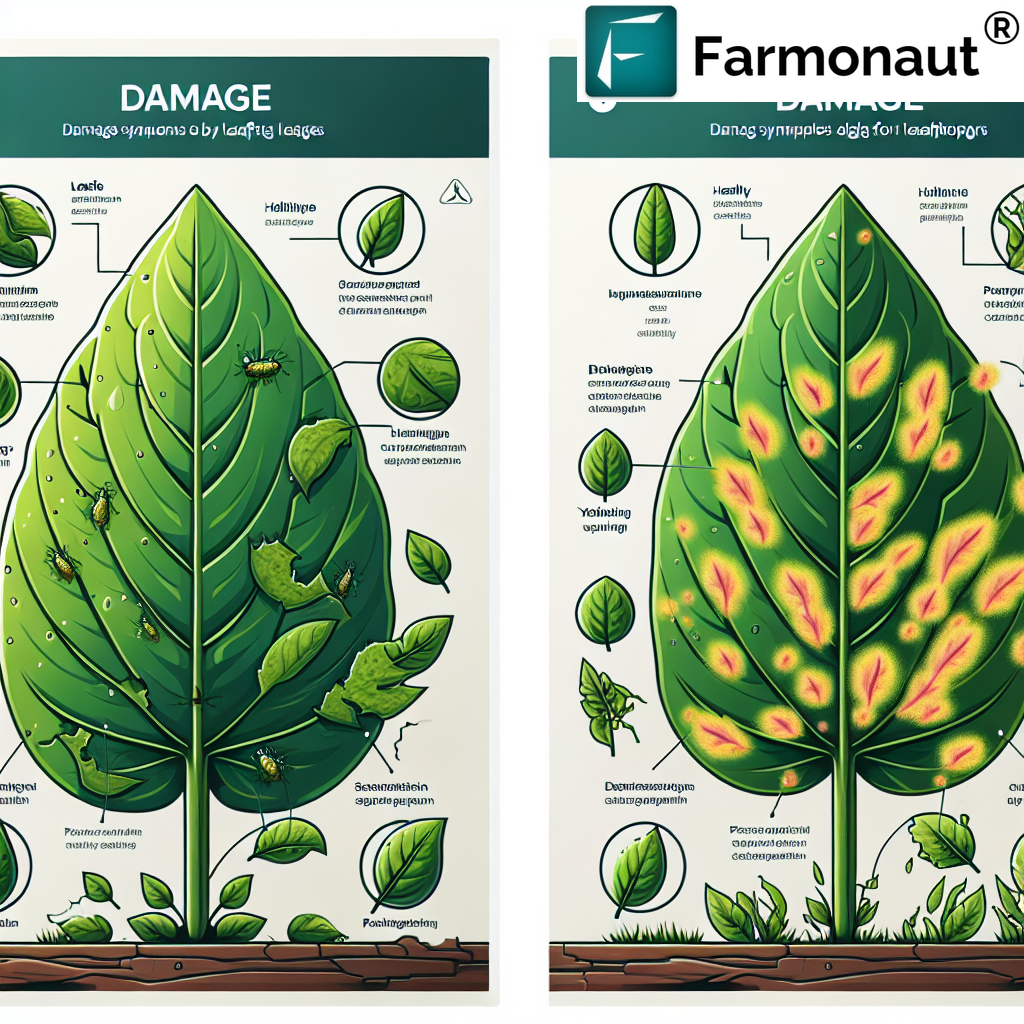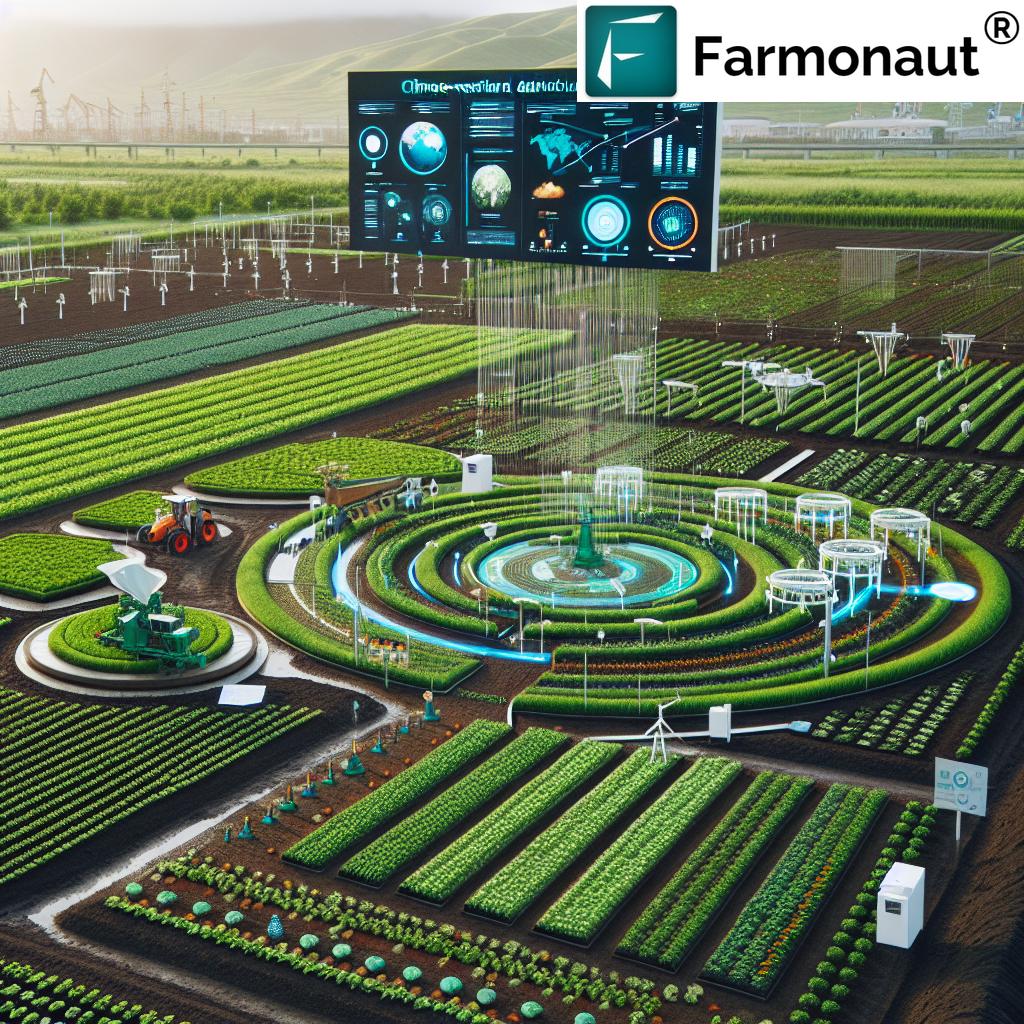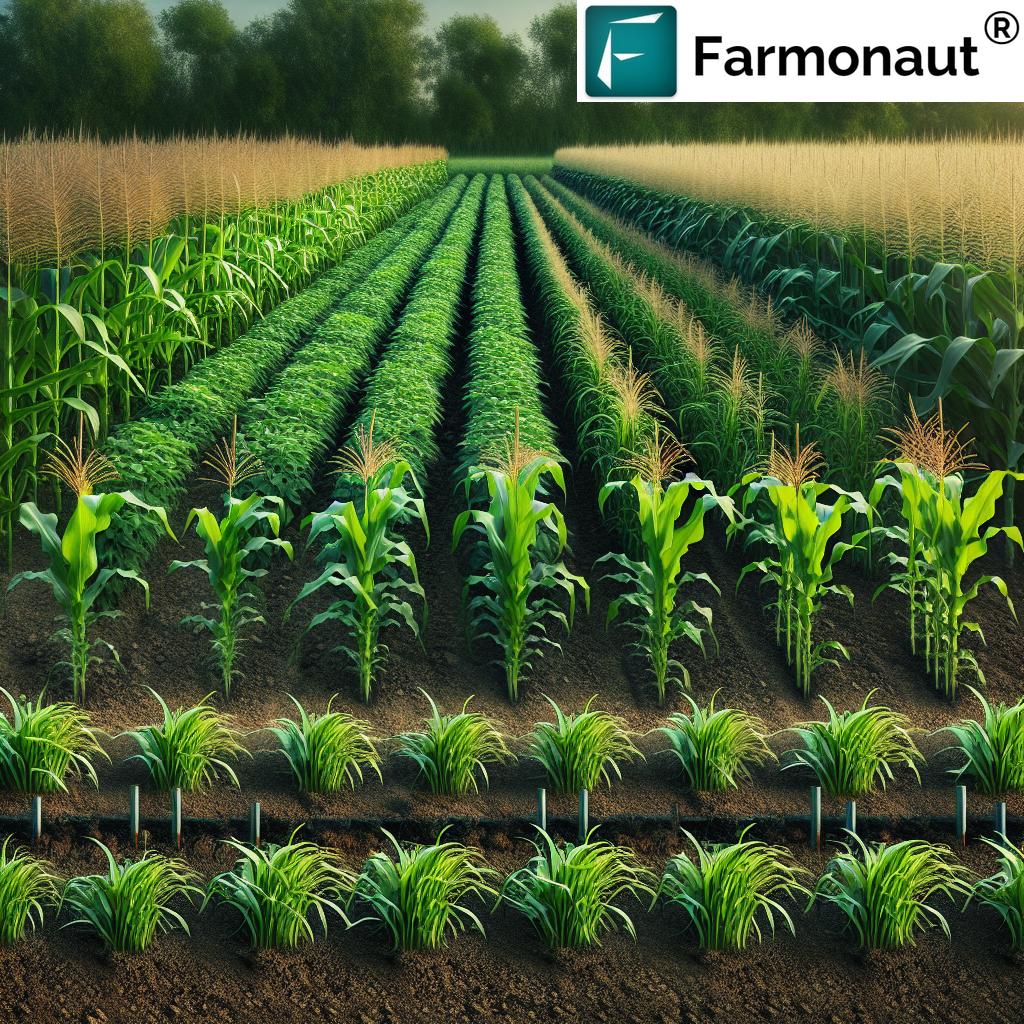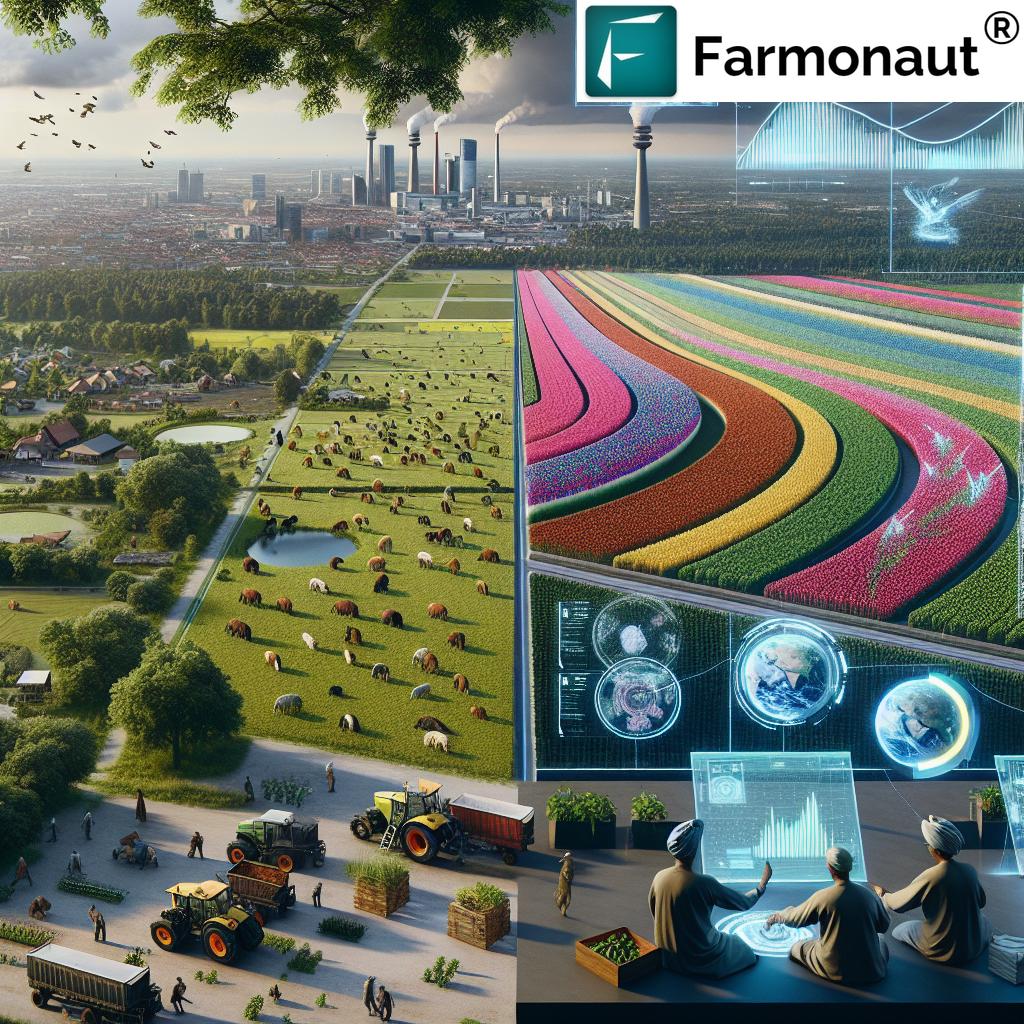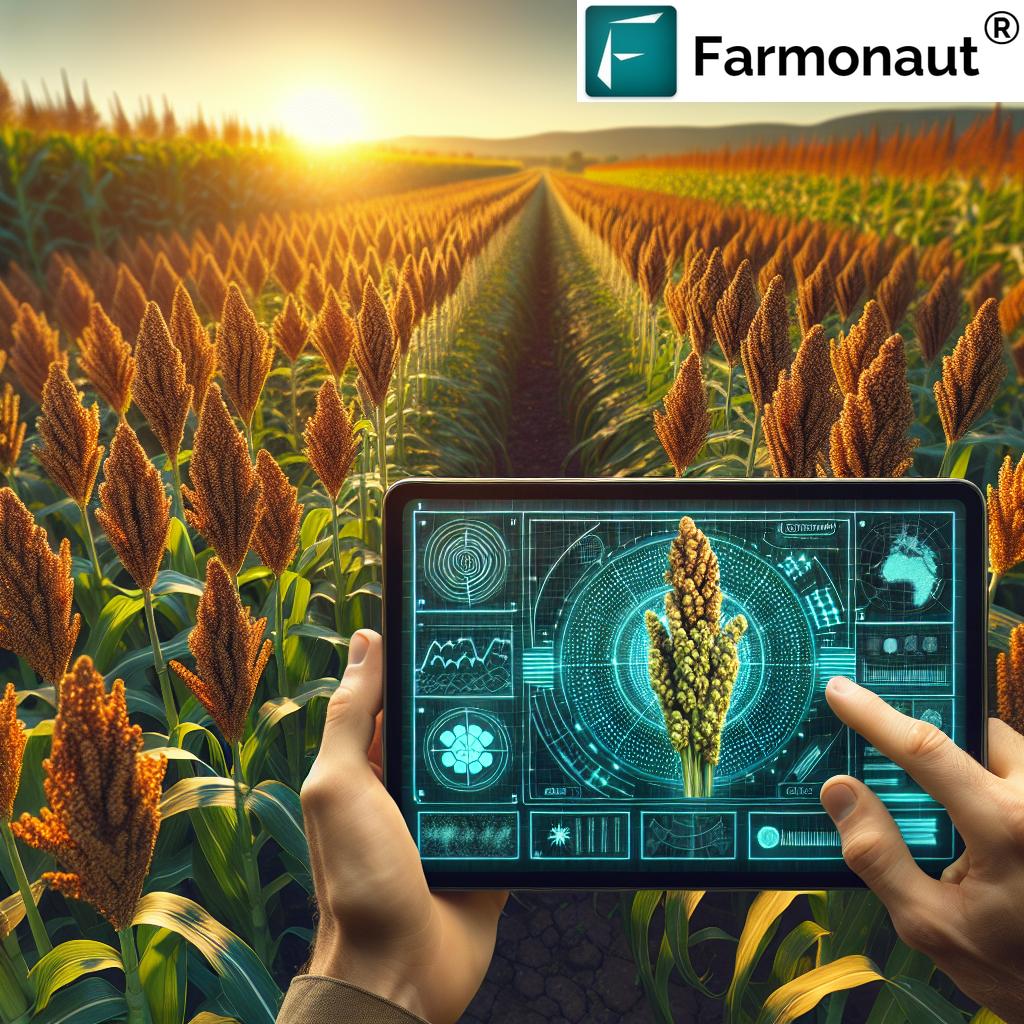Automatic Camera Steering System for Farming Automation: How Precision Drives the Future of Agriculture (2025 & Beyond)
Table of Contents
- Introduction: The Evolution of Automated Farming
- Trivia: 2025 Equipment Trends
- The Role & Mechanics of Automatic Camera Steering Systems
- Feature Comparison: Automated vs. Manual Camera Steering
- Advantages Over Traditional Systems
- Variable Speed Automated Steering in 2025
- Automatic Camera Steering System for Farming Market Outlook (2025)
- Key Technologies & Components: 2025 Automated Farming System
- Farmonaut: Affordable Precision Agriculture Solutions
- Trivia: Efficiency Gains
- Challenges, Considerations & Solutions
- Regional Market Trends & Growth (2025)
- Future Outlook: Innovations Ahead
- FAQs: Automatic Camera Steering System for Farming Market
- Conclusion: Shaping a Sustainable Agricultural Future
“By 2025, over 60% of new farming equipment will feature automatic camera steering systems for enhanced automation.”
Introduction: The Evolution of Automated Farming Systems
The agriculture sector is undergoing a transformative evolution driven by rapid technological advancements and the urgent demand for sustainable, efficient farming practices. As global population grows and environmental pressures intensify, the need to optimize resource utilization and minimize human labor dependency becomes increasingly critical.
Among the most impactful innovations reshaping this landscape is the automatic camera steering system for farming. Combined with a comprehensive suite of automated farming system tools—including variable speed agriculture automated steering systems, AI-based advisory, drones, robotics, and advanced sensors—these solutions are revolutionizing how we approach crop cultivation, soil management, irrigation, and harvesting in 2025 and beyond.
This article offers a deep exploration of the current state and future prospects of automatic camera steering system for farming market, vital components of farming automation systems, key technologies, implementation challenges and advantages, as well as region-specific market trends for 2025 and beyond.
The Role & Mechanics of Automatic Camera Steering System for Farming Automation
At the heart of next-generation farming automation systems, automatic camera steering systems ensure that tractors, sprayers, planters, and harvesting machinery operate with pinpoint precision. Traditionally, steering these machines required continuous human oversight and manual corrections. Today, automation—driven by advanced cameras, vision algorithms, sensors, and AI—enables these machines to see, analyze, and react to real-time field conditions, making farming more efficient, safe, and scalable.
How Automatic Camera Steering Works
- Machine Vision: High-resolution cameras mounted on agricultural equipment scan the field, capturing continuous imagery of crop rows, field edges, and potential obstacles.
- AI-Based Algorithms: Advanced AI algorithms process the image feeds to recognize geometric patterns, crops vs. weeds, and live field conditions.
- Real-Time Corrections: The system computes optimal path guidance, making real-time adjustments to steering and speed based on detected data, enabling machines to operate precisely along planting rows, navigate around obstacles, and adapt to changes in soil or terrain.
This seamless integration of computer vision, sensors, and intelligent control allows modern machinery to achieve levels of accuracy and efficiency that far exceed traditional manual operations or even older GPS-alone guidance systems.
Feature Comparison Table: Manual vs. Automated Camera Steering Systems
| System Type | Automation Level | Estimated Cost Savings (%) | Precision Improvement (%) | Labor Reduction (%) | Environmental Impact | Projected Adoption Rate by 2025 (%) |
|---|---|---|---|---|---|---|
| Manual Monitoring | None | 0-5% | Baseline | 0% | High | 20% |
| Semi-Automated Camera Systems | Partial | 15-25% | 15-30% | 20-35% | Medium | 35% |
| Fully Automated Camera Steering Systems | Full | 30-45% | 40-55% | 60-80% | Low | 60% |
Advantages of Automatic Camera Steering Systems Over Traditional Methods
Though GPS-guided systems have been a mainstay in farming automation, they have limitations in varied terrains and complex, dynamic field scenarios. Automatic camera steering—powered by vision and AI—takes precision farming to the next level:
- Sub-Inch Precision: Allows for accurate alignment on rows and field boundaries, minimizing crop and soil damage even in dense plantings.
- Adaptive Obstacle Avoidance: Real-time detection and navigation around rocks, wildlife, and machinery, greatly reducing the risk of operational halts or losses.
- Functionality in Challenging Terrains: Maintains full steering performance in hilly regions, areas with heavy canopy, and finicky weather where GPS falters.
- Real-Time Environmental Awareness: System can analyze and react to damage, weeds, waterlogging, or drought—enabling in-season interventions and timely course corrections.
- Resource Optimization: Smoother input application—fertilizer, water, spraying—cutting costs, conserving resources, and supporting sustainable practices.
- Labor Reduction: Frees up operators from repetitive steering tasks, reduces fatigue, and helps address rising labor shortages.
Key Takeaway
As automatic camera steering becomes standard in farming machinery worldwide, the resulting boost in operational efficiency, minimized resource wastage, and greater environmental stewardship is making “datacentric” farming the new normal.
Variable Speed Agriculture Automated Steering System Market: Efficiency Redefined
A major leap in automation technology heading into 2025 is the widespread adoption of the variable speed agriculture automated steering system market. This system not only guides machines with camera-based precision, but also dynamically adjusts their speed, revolutionizing field operations:
- Adaptive Speed: Automatically adjusts machine speed to match complex field conditions (rough terrain, dense crops, obstacles), enabling safe, smooth navigation and reducing fuel use.
- Enhanced Crop Protection: Slows around delicate crops, minimizing damage during spraying, harvesting, or input application.
- Optimized Application: Syncs input rates (like variable rate fertilization or irrigation) to machine speed, maximizing yield and lowering waste.
- Prolonged Equipment Life: Gentle, responsive speed changes lower long-term repair and maintenance costs.
Industry analysts expect the variable speed agriculture automated steering system market to experience robust growth as more agricultural equipment manufacturers and farmers recognize the operational and cost-saving benefits.
Automatic Camera Steering System for Farming Market Outlook, 2025
The automatic camera steering system for farming market and broader farming automation systems sector are projected to experience rapid expansion in the coming years. As more farmers pursue automation in response to labor constraints, cost pressures, and rising regulatory emphasis on sustainable agricultural practices, adoption rates are expected to exceed 60% for newly manufactured machinery in 2025. The market is propelled by several critical trends:
Driving Trends and Growth Factors
- Escalating Labor Costs & Shortages: Increasingly, farmers in America, Europe, and Asia-Pacific report chronic labor shortages. Automated steering reduces dependency on skilled labor and cuts payroll expenses.
- Environmental Sustainability Mandates: Sustainable farming practices—including precision input application and minimized fuel use—support global environmental goals and government subsidies.
- Smart Data Utilization: Advanced sensors, AI, and edge computing make real-time, data-driven decision-making possible at all operational levels.
- Affordable Technology Penetration: With the rise of companies like Farmonaut, entry barriers continue to drop for small and mid-size farms—helping close the digital divide.
In specific regions—such as the United States, Canada, the European Union, as well as rapidly modernizing Asia-Pacific countries—market analysts predict an exponential rise in market value and number of deployed devices between 2025 and 2030.
Looking for farm management tools that maximize these benefits? Farmonaut offers subscription-based access to real-time satellite crop monitoring, allowing every farmer to harness data-driven management without expensive hardware.
Discover how you can reduce operational costs, optimize fleet usage, and streamline agricultural logistics with Farmonaut’s fleet management solutions. Our platform helps soy, corn, and specialty crop growers make real-time decisions, track equipment, and improve productivity efficiently.
Key Technologies & Critical Components in Automated Farming System (2025)
The success of farming automation systems in 2025 is deeply linked to the integration of multiple advanced technologies. Here are the most important components transforming both small and large-scale agriculture:
- Autonomous Tractors, Implements & Harvesters: Self-steering and self-operating machines for planting, spraying, cultivation, and harvesting. They operate with minimal human supervision, improving work rates and efficiency.
- Remote Monitoring & Control: Cloud-connected machinery and mobile apps allow producers to monitor field conditions and manage equipment remotely.
- Data Analytics, AI & Machine Learning: Predictive intelligence—using algorithms to analyze data on soil health, crop status, weather, and pest/disease outbreaks for precise input and resource management.
- IoT-Enabled Sensors: Sensors embedded across the farm measure soil moisture, nutrients, canopy health, and humidity for truly responsive decision-making.
- Robotics & Drones: For real-time monitoring, targeted spraying, and accurate input placement, with intelligent obstacle avoidance and terrain adaptation.
-
Blockchain-Based Traceability: Ensuring secure, end-to-end provenance for products, fighting fraud, and offering consumers full transparency.
(Explore Farmonaut’s traceability platform) -
Fleet & Resource Management Tools: Maximizing machine uptime and utilization, reducing logistical inefficiencies.
(See how Farmonaut helps agribusinesses manage logistics smarter.) -
Carbon Footprinting & Environmental Compliance: Real-time data on emissions, energy use, and carbon sequestration helps farmers and corporates stay in line with rapidly tightening environmental standards.
(Read about Farmonaut’s carbon fingerprinting)
Looking for large estate or contract farming oversight? Farmonaut’s large scale farm management module provides high-level mapping, resource allocation, and risk monitoring using satellite intelligence for estates and corporate farming operations.
Farmonaut: Affordable & Advanced Solutions for Precision Automated Farming
As a global leader in digital precision farming technology, Farmonaut specializes in integrating satellite-based monitoring, AI, blockchain-enabled traceability, and real-time advisory designed to democratize farming automation. Our mission—in simple terms—is to make high-level farming automation systems accessible and affordable for farmers of every scale, worldwide.
- Real-Time Crop Health Monitoring: Our platform uses multispectral satellite images to deliver instant insights on crop health, soil moisture levels, and field variability, helping optimize every input and operation.
- AI-Based Farm Advisory – Jeevn AI: Delivers hyper-local weather forecasting, season planning, expert pest/disease alerts, and remote diagnosis, enhancing farmers’ decision-making power.
- Blockchain Traceability: For complete, tamper-proof visibility into product journey from field to shelf, building consumer trust and market premiums.
- Fleet & Resource Management: Advanced tools for logistics management and operational optimization in commercial agriculture.
(Fleet Management Product Details) - Crop Loan & Insurance Support: Satellite verification simplifies access to finance, making crop protection and expansion more secure and swift.
(Find out about crop insurance with remote verification)
With user-friendly apps for web, Android, and iOS, rich API integrations and API documentation, even smallholders can now access data-driven automation and intelligent monitoring at scale.
Curious about plantation advisory or forestry analytics? Click here for our crop, plantation & forest advisory suite—a digital leap for growers worldwide.
Get Started: Simple, Transparent Farmonaut Subscription Plans
For tailored farm analytics and crop health management, see real-time pricing below. Choose your farm area, data frequency, and get instant access to satellite-powered farming automation solutions.
“Automated camera steering can increase crop monitoring efficiency by up to 40% compared to traditional manual methods.”
Key Challenges, Considerations & Solutions in the Automated Farming System Sector
The adoption of automatic camera steering systems and related automation technologies isn’t without its obstacles. Recognizing these challenges sets the stage for successful integration and policy support in 2025.
- High Initial Equipment Costs: The up-front investment can be significant, especially for smallholder producers. (Farmonaut’s satellite-based tools offer an affordable and scalable alternative that delivers precision insights without heavy machinery upgrades.)
- Technical Complexity & Skill Gaps: Operating and maintaining advanced equipment requires new skill sets.
- Data Privacy & Cybersecurity: With increased reliance on digital platforms and IoT, securing data and machinery is paramount.
- Interoperability: Ensuring new automated systems work seamlessly with legacy equipment and across different manufacturers requires adherence to common communication protocols.
Despite these, ongoing technological advancements, responsive advisory services, and government incentives are steadily driving adoption, with solutions increasingly tailored to different markets and farm scales.
Regional Trends: Global Markets, Local Innovation
The global market for automated steering and farm management differs according to region:
- North America: America and Canada lead in early adoption due to skilled labor shortages, high average farm size, and large-scale agribusiness.
- Europe: Driven by stringent environmental standards and regulatory push for sustainable agriculture, with rapid technology integration in Germany, France, and the Netherlands.
- Asia-Pacific: China, India, and Southeast Asia are seeing rapidly growing markets, propelled by increasing demand for food and robust government mechanization schemes.
- Latin America & Africa: While facing capital constraints, these regions are turning to affordable precision solutions, leapfrogging old-tech in favor of digital-first, scalable automated systems.
In all geographies, automated farming system adoption will represent a critical competitive advantage in the 2020s—reducing operational risk, boosting yields, and conserving resources.
Future Outlook: Top Innovations Shaping the Automated Farming System (2025-2030)
Looking forward, the next wave of innovations will make farming automation systems even more robust, accessible, and data-rich:
- Advanced AI Scene Understanding: Steering systems will not only recognize crop types, row lines, and obstacles, but make context-aware decisions—differentiating beneficial cover crops from weeds and enabling targeted spraying or robotic interventions.
- Swarm Robotics: Multiple small, collaborative machines will autonomously divide tasks—radically scaling efficiency on large & small fields.
- Electrification & Energy Efficiency: The push for carbon reduction accelerates the move to electric, low-emissions machinery.
- Blockchain-Integrated Compliance: Direct integration of farming data with supply chain blockchains for certification, traceability, and consumer proof-of-origin. (Learn how traceability is changing farm-to-market systems.)
- Simplicity & Modularity: Open-source protocols, easier user interfaces, and module-based upgrades will widen access to automation in all markets.
At Farmonaut, we are committed to developing and integrating these future-ready solutions, supporting farmers and agribusinesses to become leaders in the digital evolution of agriculture.
FAQs: Automatic Camera Steering System for Farming Market & Automated Farming System
What is an automatic camera steering system for farming?
An automatic camera steering system for farming is a technology that uses cameras and AI algorithms to guide farm machinery (tractors, sprayers, harvesters) along precise paths, detect obstacles, and make real-time navigation adjustments without human intervention.
How does automated farming increase efficiency and reduce costs?
Automated systems enhance precision in input application, minimize overlapping or missed areas, cut back on labor expenses, and enable optimal resource utilization. This directly reduces fuel, fertilizer, and pesticide costs while boosting crop yields.
Is satellite-based crop monitoring better than on-field manual checks?
Yes. Satellite monitoring—like that offered by Farmonaut—provides scalable, non-intrusive, and regular crop health data. It covers large or remote areas efficiently, whereas manual checks are labor-intensive and cover less ground.
What challenges should I consider before adopting automated camera steering?
Initial hardware investments can be high. Training and digital literacy are necessary. Ensure solutions are compatible with existing equipment and are supported by data security protocols.
How can small farms access affordable automation?
Affordable digital solutions—such as Farmonaut’s satellite & AI-based SaaS platform—enable smallholders to implement data-driven management without purchasing expensive machinery upgrades or sensors, scaling precision agriculture worldwide.
Can automated farming systems help my farm be more sustainable?
Absolutely. Automation reduces input wastage, energy consumption, and greenhouse emissions, supporting sustainable farming practices and improved yield-per-acre.
Are there risks of data breaches or misuse in precision automated farming?
As with any digital platform, data privacy and cybersecurity are important. Modern software providers routinely implement encryption, user authentication, and compliance with privacy regulations.
Conclusion: Towards Data-Driven, Automated & Sustainable Agriculture
The automatic camera steering system for farming market is redefining agricultural efficiency, precision and sustainability. By 2025, automated farming systems—powered by AI, vision, sensors, and smart analytics—will be the backbone of successful, resilient, and environmentally responsible farming everywhere from America to Asia-Pacific and beyond.
The transition to comprehensive automation is not only about technology, but about empowering farmers, optimizing resources, and making food production more transparent and trustworthy. At Farmonaut, we believe in unlocking this future for everyone: from smallholders to commercial agribusinesses, government programs, and next-generation food brands. By lowering the cost barrier and offering intelligent, actionable satellite and AI tools, we are helping agriculture become more productive, sustainable, and resilient.
As the sector evolves, automatic camera steering systems and holistic farming automation solutions will remain pivotal drivers of innovation, efficiency, and market growth. The journey ahead promises a digitally connected, resource-optimized, and environmentally sound future for global agriculture.



